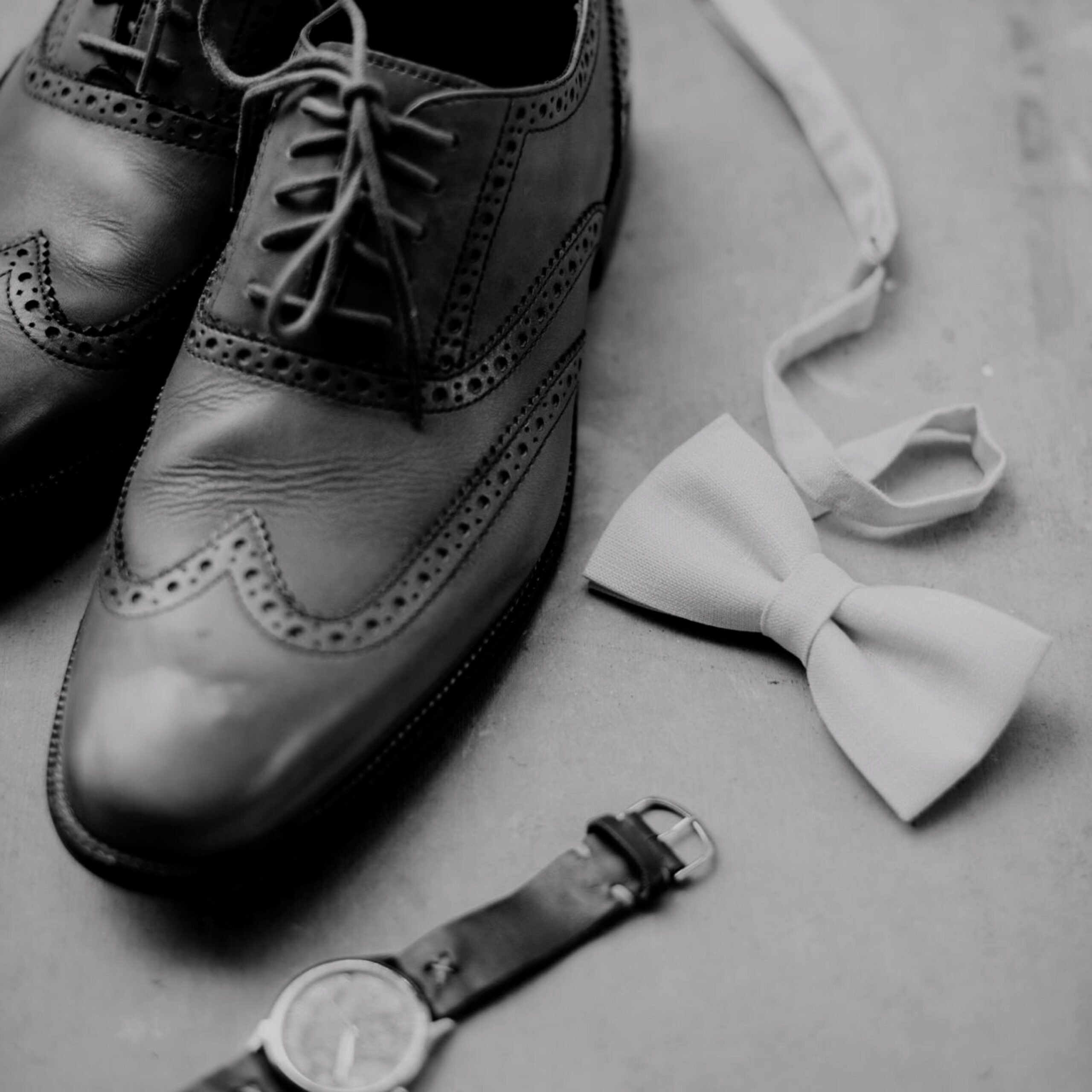Appreciate the similarities. Respect the differences.
Navigating the complex dance of anxious-avoidant attachments can seem like a Freudian Tango. Is it possible to work individually on our attachment styles and triggers, yet work together to cultivate a love story full of intentionality and patience? Can this unique symbiosis actually work? Let’s reveal the rhythm of this relationship!
In the captivating world of relationships, the intriguing dance and rhythms between the Anxious-Avoidant attachments often inspire compelling narratives and heart-stirring love stories. With every step and turn, attachment styles dictate our interactions, often pulling invisible strings that trigger emotional responses. How do these styles work together, or rather, do they work individually?
The million-dollar question is: Can a love story between an anxious and avoidant attachment work? Yes, absolutely! There is such a thing as a beautifully complicated choreography that’s worth every step! Tune into the latest episode on the Really Personal Podcast! You don’t want to miss this dance!
How Anxious-Avoidant Styles Can Work Harmoniously Together
#1: Both are self-aware, willing to work on themselves, and their own attachment style, and willing to work on their relationship together.
#2: It takes an understanding of each other’s differences in attachment styles.
#3: It takes patience because change is hard. It’s difficult to break subconscious behavioral patterns that we’ve always done.
#4: It takes effective communication without being defensive.
#5: Stop personalizing the needs of the other person. Why? Because they are opposite.
Stop personalizing it and try to resolve your triggers personally. Ask and address directly your needs. If you need reassurance, ask your avoidant partner. If you’re the avoidant partner, respect the fact that it has nothing to do with you. If you’re the anxious partner, and your avoidant partner has asked you for some space or time away, know that that’s a healthy part of any relationship, and grant it to them.
For a relationship to be healthy, it needs to be enjoyable. Each partner, by not personalizing, not criticizing, and being more curious can build a lasting relationship.









+ show Comments
- Hide Comments
add a comment